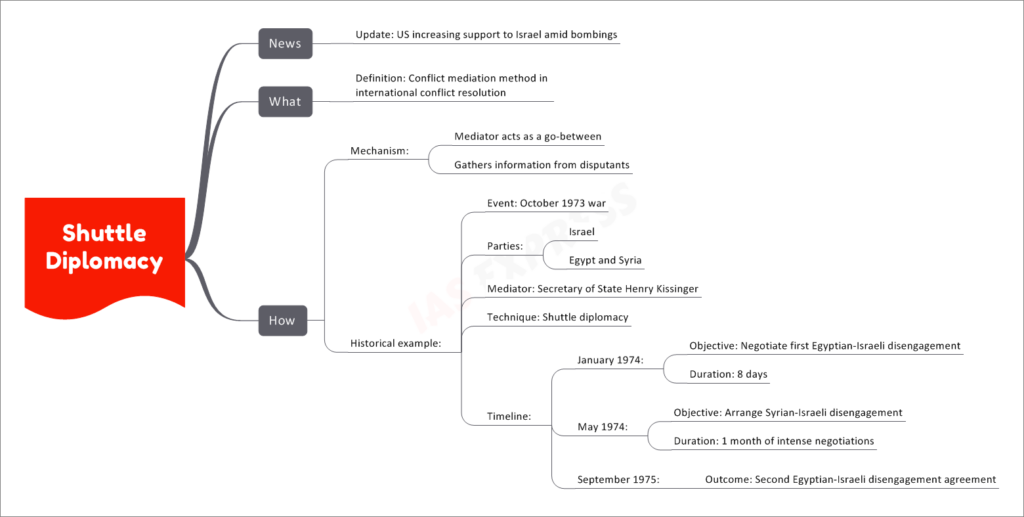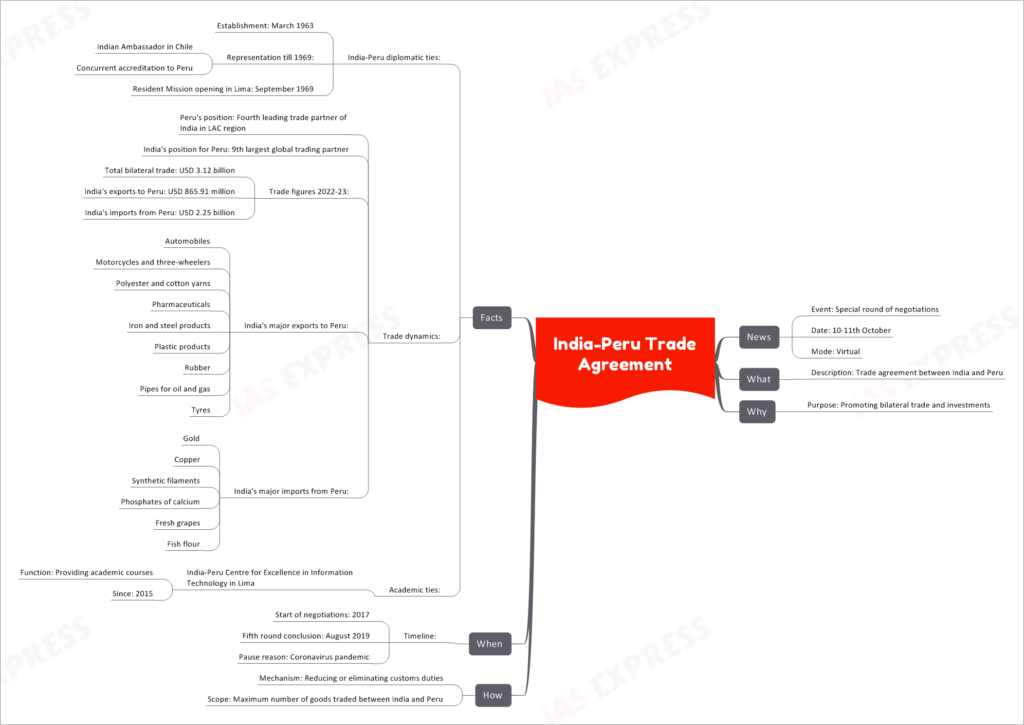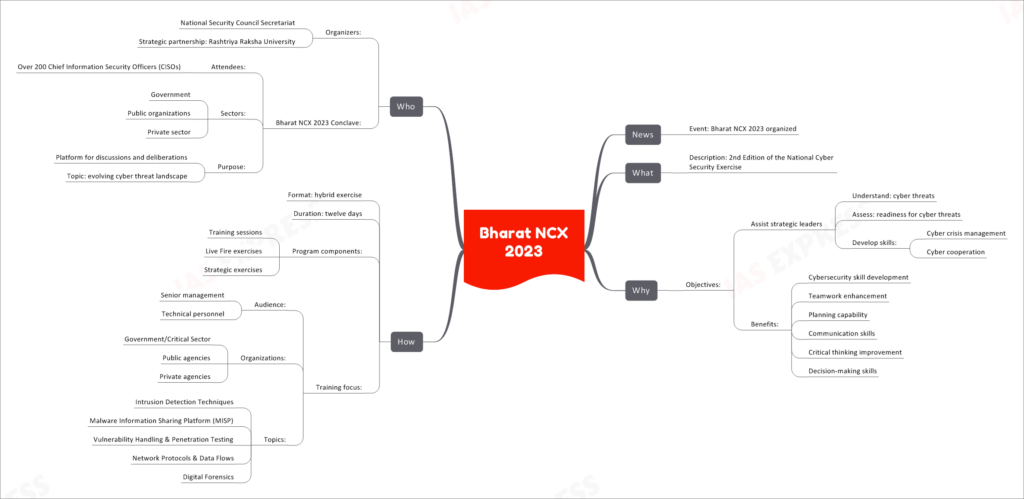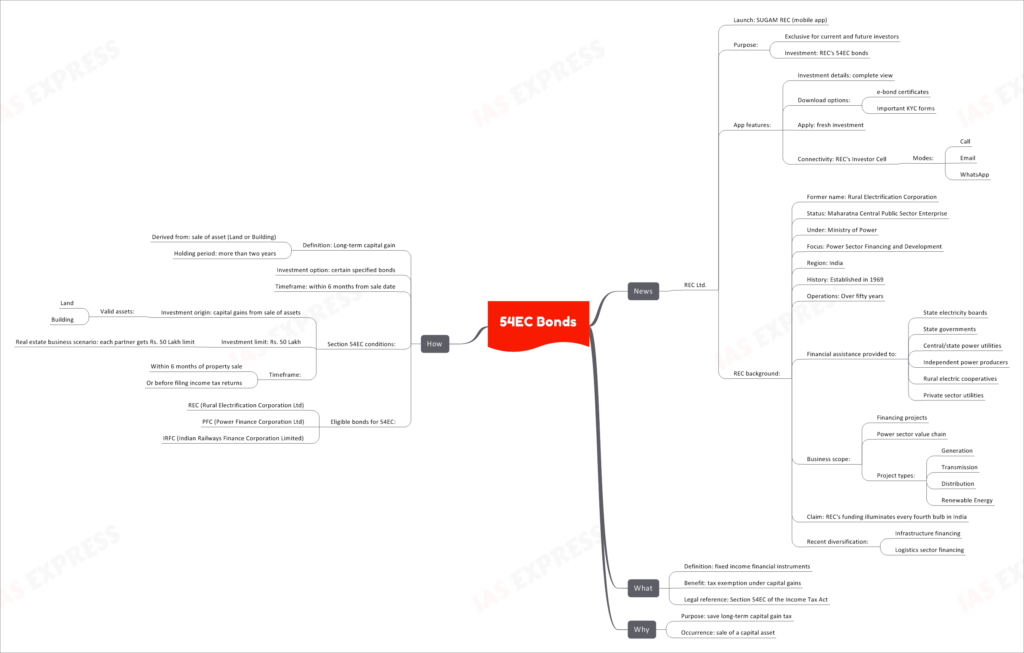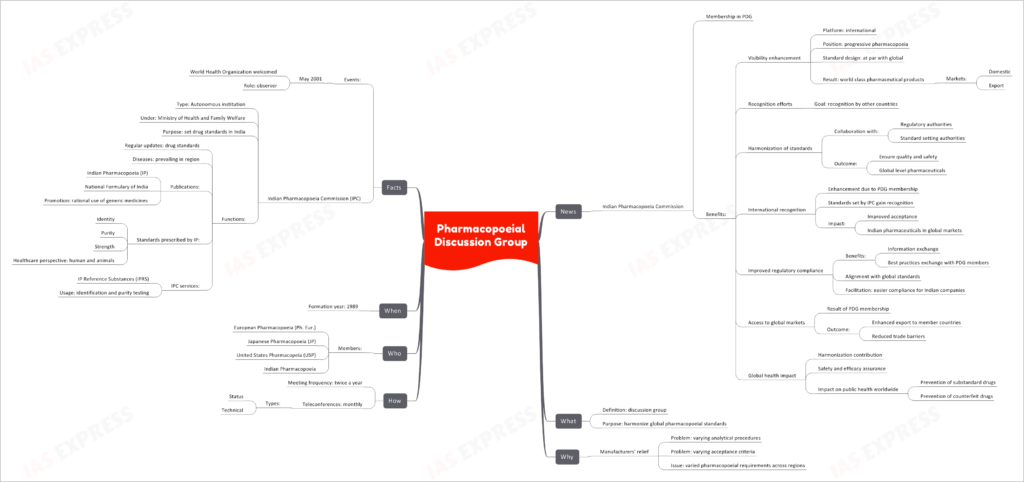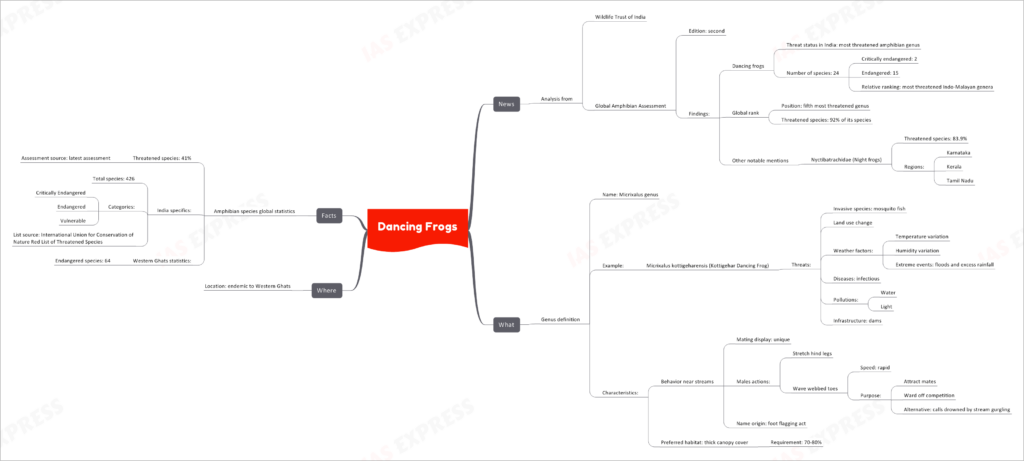[Newsbits] 10.10.2023

Shuttle Diplomacy
In light of recent updates regarding the US increasing its support to Israel amid ongoing conflicts, this article delves into the concept of shuttle diplomacy as a conflict mediation method in international conflict resolution.
What is Shuttle Diplomacy?
Definition
Shuttle diplomacy is a method used in international conflict resolution. In this approach, a mediator, often a high-ranking diplomat or official, acts as a go-between, shuttling between the parties involved in the conflict. The mediator's role is to gather information, convey proposals, and facilitate communication between the disputing parties.
How Does Shuttle Diplomacy Work?
Mechanism
In shuttle diplomacy, the mediator typically employs the following mechanisms:
- Mediator as a Go-Between: The mediator physically travels between the disputing parties, often holding separate meetings with each side.
- Gathering Information: The mediator collects valuable information from each party to gain insights into their positions, concerns, and potential areas of compromise.
Historical Example: October 1973 War
Parties Involved
The October 1973 war, also known as the Yom Kippur War, involved the following key parties:
- Israel
- Egypt and Syria
Mediator
Secretary of State Henry Kissinger, a prominent diplomat, played the role of mediator using shuttle diplomacy techniques.
Timeline of Shuttle Diplomacy
January 1974
- Objective: Negotiate the first Egyptian-Israeli disengagement.
- Duration: The process spanned eight days of intensive negotiations.
May 1974
- Objective: Arrange a disengagement agreement between Syria and Israel.
- Duration: This round of shuttle diplomacy extended over one month, characterized by intense negotiations.
September 1975
- Outcome: A second Egyptian-Israeli disengagement agreement was successfully reached through the shuttle diplomacy efforts of Henry Kissinger.
India – Peru Trade Agreement
In recent news, a special round of virtual negotiations has taken place on 10th-11th October, with the aim of furthering the trade relationship between India and Peru.
The India-Peru Trade Agreement: What is it?
Description
The India-Peru Trade Agreement is a bilateral accord aimed at fostering trade and investment between the two nations.
Why the Agreement?
Purpose
The primary objective of this agreement is to promote bilateral trade and investments, thereby strengthening economic cooperation between India and Peru.
How Does it Work?
Mechanism
The agreement operates by reducing or eliminating customs duties, making it easier for goods to flow between India and Peru. Its scope encompasses a wide range of goods traded between the two countries.
The Timeline
Negotiation Process
The negotiations for this trade agreement commenced in 2017 and concluded their fifth round in August 2019. However, the process experienced a temporary pause due to the global Coronavirus pandemic.
Key Facts and Figures
India-Peru Diplomatic Ties
- Diplomatic relations between India and Peru were established in March 1963.
- Initially, India was represented through its Ambassador in Chile, with concurrent accreditation to Peru. However, a resident mission was established in Lima in September 1969.
Trade Dynamics
- Peru holds the position of the fourth leading trade partner of India in the Latin American and Caribbean (LAC) region.
- Conversely, India ranks as the ninth largest global trading partner for Peru.
- In the fiscal year 2022-23, the total bilateral trade between India and Peru amounted to USD 3.12 billion.
- India's exports to Peru reached USD 865.91 million, while imports from Peru amounted to USD 2.25 billion.
India's Major Exports to Peru
- Automobiles
- Motorcycles and three-wheelers
- Polyester and cotton yarns
- Pharmaceuticals
- Iron and steel products
- Plastic products
- Rubber
- Pipes for oil and gas
- Tyres
India's Major Imports from Peru
- Gold
- Copper
- Synthetic filaments
- Phosphates of calcium
- Fresh grapes
- Fish flour
Academic Ties
- India and Peru have collaborated to establish the India-Peru Centre for Excellence in Information Technology in Lima, which has been operational since 2015.
- This center primarily focuses on providing academic courses and strengthening educational ties between the two nations.
Bharat NCX 2023
The second edition of the National Cyber Security Exercise, known as Bharat NCX 2023, has been successfully organized. This event aims to enhance cyber resilience in India, with a focus on strategic leaders, government bodies, public agencies, and private organizations.
Bharat NCX 2023: The What
Description
Bharat NCX 2023 marks the 2nd Edition of the National Cyber Security Exercise, a crucial initiative to bolster the nation's cyber defenses and readiness against evolving cyber threats.
The Why: Objectives and Benefits
Objectives
The exercise sets out to achieve several key objectives:
- Assist Strategic Leaders: Helping strategic leaders understand cyber threats, assess their organizations' readiness to counter these threats, and develop essential skills in cyber crisis management and cooperation.
Benefits
Participation in Bharat NCX 2023 offers numerous benefits, including:
- Cybersecurity Skill Development: Enhancing cybersecurity skills among participants.
- Teamwork Enhancement: Fostering teamwork and collaboration.
- Planning Capability: Improving the ability to plan and strategize against cyber threats.
- Communication Skills: Enhancing communication and coordination.
- Critical Thinking Improvement: Encouraging critical thinking in handling cyber incidents.
- Decision-Making Skills: Developing effective decision-making skills in cyber crisis scenarios.
How It's Conducted
Format and Duration
Bharat NCX 2023 is conducted in a hybrid exercise format and spans twelve days.
Program Components
The exercise comprises the following components:
- Training Sessions: Providing participants with valuable insights and knowledge.
- Live Fire Exercises: Simulating real-world cyber incidents to assess response capabilities.
- Strategic Exercises: Testing the strategic decision-making abilities of senior management.
Training Focus
The training is tailored for:
- Audience: Senior management and technical personnel.
- Organizations: Government and critical sector entities, public agencies, and private organizations.
Topics Covered
The exercise encompasses a wide range of topics, including:
- Intrusion Detection Techniques: Strategies for identifying and mitigating cyber intrusions.
- Malware Information Sharing Platform (MISP): Utilizing platforms for sharing crucial malware-related information.
- Vulnerability Handling & Penetration Testing: Understanding and addressing vulnerabilities.
- Network Protocols & Data Flows: Analyzing network protocols and data transmission.
- Digital Forensics: Investigating cyber incidents through digital forensic techniques.
Who's Behind Bharat NCX 2023
Organizers
Bharat NCX 2023 is organized by the National Security Council Secretariat in strategic partnership with Rashtriya Raksha University.
Bharat NCX 2023 Conclave
The event also includes the Bharat NCX 2023 Conclave, featuring over 200 Chief Information Security Officers (CISOs) from government, public organizations, and the private sector. The conclave serves as a platform for discussions and deliberations on the evolving cyber threat landscape.
54EC Bonds
In recent news, REC Ltd. has launched the SUGAM REC mobile app, exclusively designed for current and prospective investors in REC's 54EC bonds.
54EC Bonds - What Are They?
Definition and Benefit
54EC bonds are fixed income financial instruments that offer a unique benefit: tax exemption under capital gains. These bonds serve as a tax-saving avenue for individuals looking to reinvest their capital gains from the sale of assets, particularly land or buildings.
Legal Reference
The foundation of 54EC bonds lies in Section 54EC of the Income Tax Act.
Why Consider 54EC Bonds?
Purpose and Occurrence
The primary purpose of these bonds is to save long-term capital gain tax. This opportunity arises when individuals sell a capital asset, such as land or a building, and wish to reinvest the proceeds while enjoying tax benefits.
How Do 54EC Bonds Work?
Understanding Long-Term Capital Gain
Long-term capital gain is derived from the sale of assets, specifically land or buildings, held for more than two years.
Investment Option
To save on capital gains tax, investors can choose to invest in certain specified bonds.
Timeframe for Investment
Investors must reinvest in 54EC bonds within six months from the date of the sale of the property. Alternatively, they can invest before filing their income tax returns.
Section 54EC Conditions
To qualify for the tax exemption, investors must meet certain conditions:
- The investment should originate from capital gains obtained from the sale of eligible assets, which include land and buildings.
- There is an investment limit of Rs. 50 Lakh per individual. In scenarios involving real estate businesses, each partner can claim this Rs. 50 Lakh limit.
Eligible Bonds for 54EC
Investors have the option to invest in specified bonds issued by institutions like REC (Rural Electrification Corporation Ltd), PFC (Power Finance Corporation Ltd), and IRFC (Indian Railways Finance Corporation Limited).
The REC Background
About REC Ltd.
REC Ltd., formerly known as the Rural Electrification Corporation, holds the status of a Maharatna Central Public Sector Enterprise under the Ministry of Power in India. With a history dating back to its establishment in 1969, REC Ltd. has been in operation for over fifty years. The organization primarily focuses on power sector financing and development.
Operations and Assistance
REC Ltd. provides financial assistance to various entities, including state electricity boards, state governments, central/state power utilities, independent power producers, rural electric cooperatives, and private sector utilities. The scope of their business includes financing projects across the power sector value chain, including generation, transmission, distribution, and renewable energy.
Illuminating Every Fourth Bulb
A significant claim to fame for REC Ltd. is that their funding plays a pivotal role in illuminating every fourth bulb in India. Their contributions to the power sector have had a substantial impact on the country's electricity infrastructure.
Recent Diversification
In recent years, REC Ltd. has diversified its portfolio by venturing into infrastructure financing and providing financing solutions for the logistics sector.
Pharmacopoeial Discussion Group
In the realm of pharmaceuticals, the Pharmacopoeial Discussion Group (PDG) plays a pivotal role in harmonizing global pharmacopoeial standards. This international collaboration, involving key players like the Indian Pharmacopoeia Commission (IPC), aims to enhance visibility, recognition, and regulatory compliance in the pharmaceutical industry.
Membership in PDG
Indian Pharmacopoeia Commission's Involvement
The Indian Pharmacopoeia Commission (IPC) is a proud member of the PDG. Membership in this prestigious group brings several benefits:
- Visibility Enhancement: IPC gains an international platform as part of a progressive pharmacopoeia movement. Its standards align with global counterparts, resulting in the production of world-class pharmaceutical products for both domestic and export markets.
- Recognition Efforts: IPC strives for recognition by other countries, focusing on harmonizing standards with the collaboration of regulatory and standard-setting authorities. This effort ensures the quality and safety of pharmaceuticals at a global level.
- International Recognition: PDG membership enhances IPC's international recognition. The standards set by IPC gain acceptance worldwide, leading to improved acceptance of Indian pharmaceuticals in global markets.
- Improved Regulatory Compliance: IPC benefits from information and best practices exchange with PDG members. Alignment with global standards facilitates easier regulatory compliance for Indian pharmaceutical companies.
- Access to Global Markets: PDG membership results in enhanced exports to member countries and reduced trade barriers, ultimately expanding the reach of Indian pharmaceutical products.
- Global Health Impact: IPC's contribution to harmonization assures safety and efficacy, preventing substandard and counterfeit drugs. This has a significant impact on public health worldwide.
What is PDG?
Definition and Purpose
The Pharmacopoeial Discussion Group (PDG) is essentially a discussion group formed with the primary purpose of harmonizing global pharmacopoeial standards. It serves as a platform for discussions and collaborations to achieve uniformity in pharmaceutical standards across regions.
Why is PDG Necessary?
Manufacturers' Relief
PDG addresses critical issues faced by pharmaceutical manufacturers:
- Varying Analytical Procedures: Different regions often have varying analytical procedures for the same drug, leading to confusion and inefficiency.
- Varying Acceptance Criteria: Divergent acceptance criteria for drug quality assessment can be challenging for manufacturers.
- Varied Pharmacopoeial Requirements: PDG seeks to overcome the challenges posed by varying pharmacopoeial requirements across different regions, ensuring consistency in drug standards.
How Does PDG Operate?
Meeting Frequency and Teleconferences
- PDG convenes twice a year to discuss and deliberate on pharmacopoeial standards.
- Monthly teleconferences, comprising both status and technical discussions, facilitate ongoing collaboration among members.
Who are the Key Players?
PDG Member Organizations
PDG consists of several prominent pharmacopoeias, including:
- European Pharmacopoeia (Ph. Eur.)
- Japanese Pharmacopoeia (JP)
- United States Pharmacopeia (USP)
- Indian Pharmacopoeia (IPC)
When Did PDG Originate?
Formation Year
The Pharmacopoeial Discussion Group (PDG) was established in the year 1989 to address the growing need for harmonized pharmacopoeial standards.
Additional Facts
Notable Events and IPC's Role
- In May 2001, the World Health Organization (WHO) welcomed PDG as an observer, recognizing its significant contributions to global pharmaceutical standardization.
- The Indian Pharmacopoeia Commission (IPC) operates as an autonomous institution under the Ministry of Health and Family Welfare in India. Its primary purpose is to set drug standards in the country.
- IPC's functions include regular updates to drug standards, addressing prevalent diseases in the region, and publishing documents like the Indian Pharmacopoeia (IP) and the National Formulary of India. IPC also promotes the rational use of generic medicines.
- Standards prescribed by IP encompass aspects such as identity, purity, strength, and healthcare perspectives for both humans and animals.
- IPC provides essential services like IP Reference Substances (IPRS) for identification and purity testing in the pharmaceutical industry.
Dancing Frogs
In recent news, alarming findings from the Wildlife Trust of India and the Global Amphibian Assessment's second edition have shed light on the plight of dancing frogs, specifically the Micrixalus genus, in the Western Ghats of India.
Threat Status of Dancing Frogs in India
Most Threatened Amphibian Genus
The Micrixalus genus, commonly known as dancing frogs, faces a grave threat in India. According to the assessment, it is considered the most threatened amphibian genus in the country.
Number of Species
Within the Micrixalus genus, there are a total of 24 species, each facing its own set of challenges. These species can be categorized as follows:
- Critically Endangered: 2 species
- Endangered: 15 species
- Relative Ranking: Among the most threatened Indo-Malayan genera
Global Ranking
Fifth Most Threatened Genus Worldwide
Dancing frogs are not just a concern in India; they have garnered the status of being the fifth most threatened genus on a global scale.
High Percentage of Threatened Species
A staggering 92% of its species are considered threatened, highlighting the severity of the issue.
Other Notable Mentions
Aside from the Micrixalus genus, another group of frogs, the Nyctibatrachidae, also known as night frogs, face a significant threat. Here are some key points:
Threatened Species
Approximately 83.9% of night frog species are under threat.
Affected Regions
Night frogs are primarily found in the states of Karnataka, Kerala, and Tamil Nadu, making these regions crucial for conservation efforts.
What Defines the Micrixalus Genus
Genus Definition
The Micrixalus genus, characterized by dancing frogs, includes species like the Micrixalus kottigeharensis, commonly known as the Kottigehar Dancing Frog.
Threats
These dancing frogs encounter a multitude of threats, including:
- Invasive Species: Mosquito fish
- Land Use Change
- Weather Factors: Temperature and humidity variations, as well as extreme events like floods and excess rainfall
- Diseases: Infectious diseases
- Pollutions: Water and light pollution
- Infrastructure: Dam construction
Unique Characteristics
Dancing frogs exhibit unique behavior and characteristics, such as:
Behavior Near Streams
- Mating Display: A distinctive mating display
- Male Actions: Males stretch hind legs and wave webbed toes rapidly to:
- Attract mates
- Ward off competition
- Alternately, calls are drowned out by the stream's gurgling
- Name Origin: "Foot flagging" act during mating displays
Preferred Habitat
These frogs thrive in habitats with a thick canopy cover, with a requirement of 70-80% for their survival.
Where to Find Dancing Frogs
Location
Dancing frogs, specifically the Micrixalus genus, are endemic to the Western Ghats in India, making this region a critical focus for conservation efforts.
Facts and Figures
Amphibian Species Global Statistics
- Threatened Species: Globally, 41% of amphibian species are threatened, as per the latest assessment.
India Specifics
- In India, there are a total of 426 amphibian species falling into categories such as Critically Endangered, Endangered, and Vulnerable, according to the International Union for Conservation of Nature Red List of Threatened Species.
Western Ghats Statistics
- Within the Western Ghats, 64 amphibian species are classified as endangered, emphasizing the importance of conservation initiatives in this region.
If you like this post, please share your feedback in the comments section below so that we will upload more posts like this.
